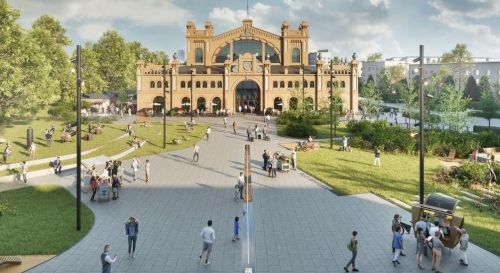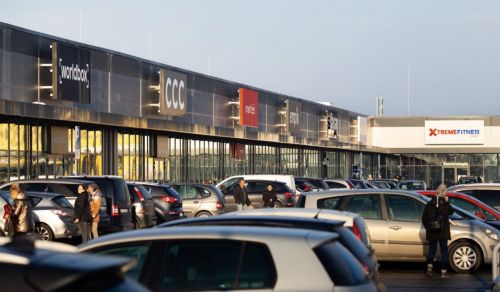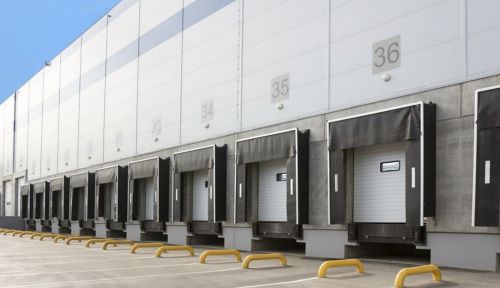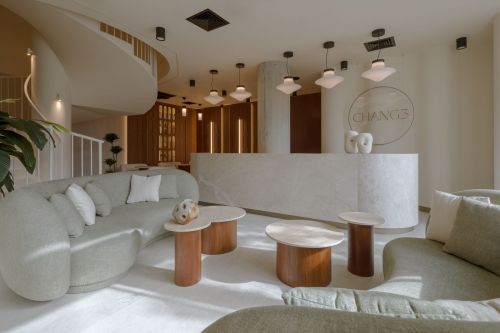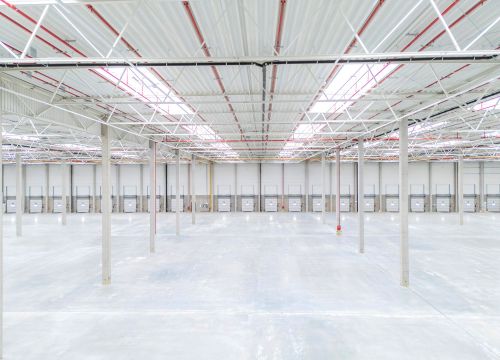After stumbling across some insightful statistics regarding women and their shopping habits I wanted to share my thoughts and explore in more detail female-attracting retail design. But first let’s have a look at the facts... Recent figures from retail developers and the ICSC (International Council for Shopping Centres) show that women make up on average 60 to 70 pct of the shopping customers (depending on where they are in the world). Women also make 85 pct of all the consumer purchases, including everything from cars to healthcare products. They are the primary shoppers in their households and spend about eight years of their lives shopping(!). While the average American female is expected to start earning more than the average American male by 2028, it is clear that women generally are becoming more significant earners, spenders and influencers than ever before. How could retail environments address this trend? They could be designed and organised to better cater to their fem















































